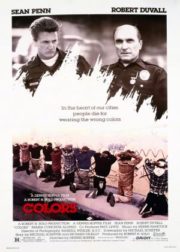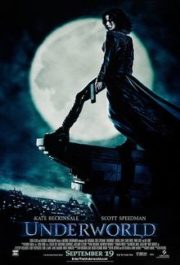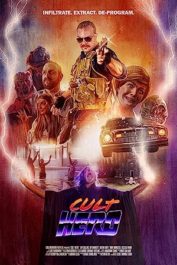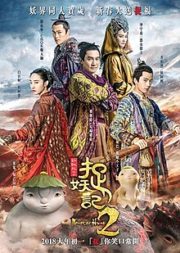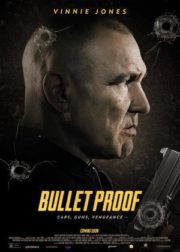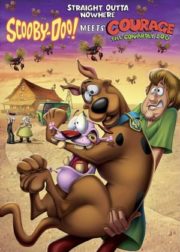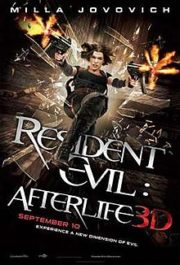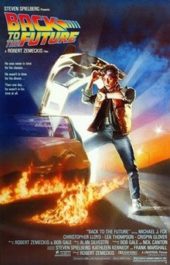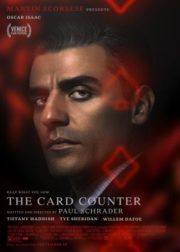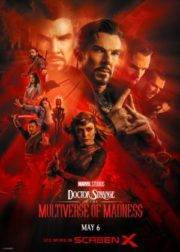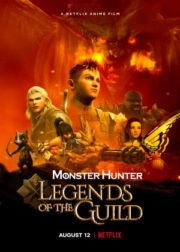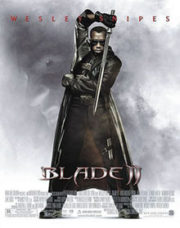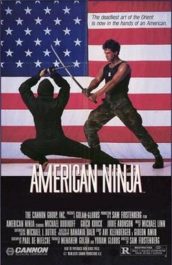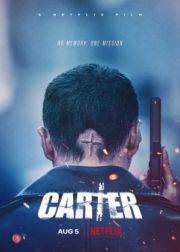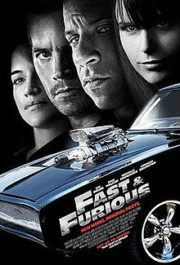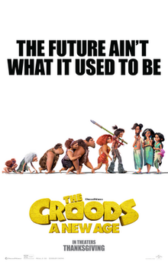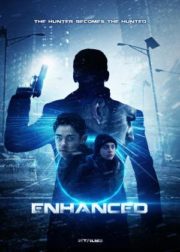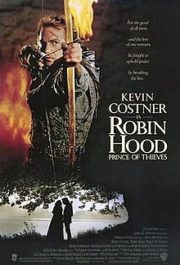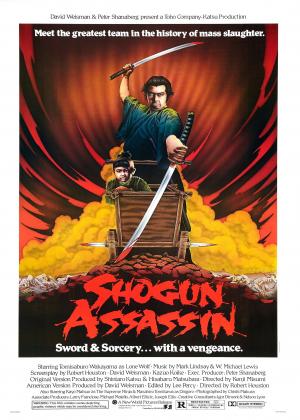
“Shogun Assassin” is a 1980 martial arts film directed by Robert Houston. It is a heavily edited and reconfigured version of the Japanese film series “Lone Wolf and Cub,” specifically combining the first two films, “Sword of Vengeance” and “Baby Cart at the River Styx.” The film is known for its stylized violence, striking visuals, and influential impact on the samurai genre.
Plot Summary:
“Shogun Assassin” follows the story of a skilled samurai warrior named Ogami Itto (played by Tomisaburo Wakayama) and his young son Daigoro (played by Akihiro Tomikawa). After being betrayed by the Yagyu clan, Itto becomes a ronin, a masterless samurai, on a quest for revenge. Alongside his son, who rides in a baby cart equipped with hidden weapons, Itto travels through feudal Japan, taking on various adversaries who stand in his path.
As the duo faces numerous challenges and deadly confrontations, they navigate a treacherous landscape filled with rival samurai, mercenaries, and assassins. Itto’s unwavering commitment to his mission and his bond with his son become central elements of the story. The film showcases their unyielding determination, incredible swordsmanship, and the dynamic relationship between a stoic father and his young child.
Themes and Impact:
“Shogun Assassin” explores themes of honor, revenge, and the complexities of the samurai code. It delves into the idea of the lone warrior, fighting against insurmountable odds, and the sacrifices made for justice and protection. The film’s stylized violence, kinetic action sequences, and striking cinematography have made it a cult classic and a significant influence on subsequent action films.
The impact of “Shogun Assassin” lies in its unique presentation and blending of the original “Lone Wolf and Cub” films. The English-language version, with its condensed storytelling and recontextualized narrative, introduced the story to a wider international audience. The film’s visual style and violent action sequences, characterized by graphic swordplay and inventive kills, have influenced numerous filmmakers and contributed to the evolution of the samurai genre.
“Shogun Assassin” has become renowned for its iconic imagery, including the image of Ogami Itto and his son wielding their weapons while traveling in the baby cart. The film’s striking visuals and memorable characters have helped solidify its status as a cult classic among fans of martial arts cinema.
Conclusion:
“Shogun Assassin” is a visually captivating and action-packed film that combines the first two installments of the “Lone Wolf and Cub” series into a single, stylized experience. Through its tale of a vengeful samurai and his young son, the film explores themes of honor, justice, and the complexities of the samurai code. Its impact lies in its influential visual style, stylized violence, and enduring status as a cult classic within the samurai and martial arts film genres. “Shogun Assassin” continues to captivate audiences with its striking imagery, intense action sequences, and memorable characters.
Submit your review | |
Shogun Assassin, released in 1980 and directed by Robert Houston, is a thrilling and visually stunning samurai film that showcases the dark and brutal world of feudal Japan. A combination of two original films from the "Lone Wolf and Cub" series, this adaptation presents a condensed and action-packed narrative that captivates audiences with its intense swordplay and atmospheric storytelling.
The film follows the story of Ogami Itto, a masterless samurai known as the "Lone Wolf," who embarks on a journey of vengeance alongside his young son, Daigoro. After being betrayed by a rival clan, Itto becomes an assassin for hire, taking on dangerous missions while protecting his son from the perils of their treacherous world.
One of the standout aspects of Shogun Assassin is its striking cinematography, which expertly captures the beauty and brutality of feudal Japan. The film's visual style, characterized by its vivid colors and meticulously choreographed fight sequences, immerses viewers in the violent and unforgiving world of the samurai.
Tomisaburo Wakayama delivers a commanding and stoic performance as Ogami Itto, exuding a quiet intensity that perfectly embodies the character's tragic past and unwavering determination. The chemistry between Wakayama and his young co-star, Akihiro Tomikawa, who portrays Daigoro, adds depth to the film, as their complex father-son relationship serves as a driving force behind their perilous journey.
Shogun Assassin excels in its ability to balance the action and drama, seamlessly blending exhilarating fight scenes with poignant character development. The film explores themes of honor, loyalty, and the price of vengeance, offering a deeper look into the emotional struggles faced by the protagonists amidst the relentless violence that surrounds them.
The film's memorable soundtrack, composed by Mark Lindsay and W. Michael Lewis, enhances the viewing experience with its mix of traditional Japanese instrumentation and contemporary elements. The music intensifies the on-screen action, heightening the tension and adding to the overall atmosphere of the film.
Shogun Assassin's influence on the action genre cannot be overstated. Its stylized violence, innovative camera work, and captivating storytelling have left a lasting impact on subsequent samurai and martial arts films. The film's iconic imagery and memorable quotes have become ingrained in popular culture, solidifying its status as a cult classic.
While Shogun Assassin may not be for the faint of heart due to its graphic violence, it remains a thrilling and visually striking samurai epic that appeals to fans of the genre and lovers of action cinema. Its engaging narrative, strong performances, and impressive technical craftsmanship make it a standout entry in the world of samurai films, showcasing the enduring appeal of the lone warrior on a quest for justice.
In conclusion, Shogun Assassin is a gritty and action-packed samurai film that skillfully blends breathtaking sword fights with a compelling story of honor, revenge, and the bond between a father and son. Its visual style, powerful performances, and enduring impact on the action genre make it a must-see for fans of Japanese cinema and lovers of thrilling, visceral storytelling.



